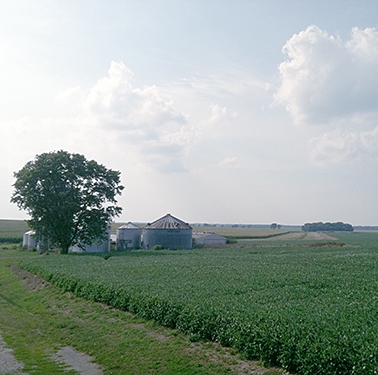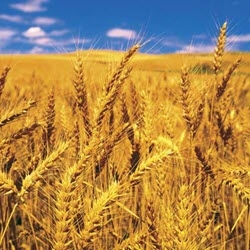Forecasting developments in production agriculture

On behalf of a private U.S. agricultural technology provider, WPI’s team generated an econometric model to forecast the movement of concentrated corn production north and west from the traditional U.S. Corn Belt. WPI’s model has subsequently provided quantitative support to a multi-million-dollar investment into short-season corn variety development. WPI’s methodology included a series of interviews with regional grain elevators and seed consultants. Emphasizing outreach and communication with stakeholders who possess intimate sectoral knowledge – on-the-ground insights – is a regular component of WPI’s methodologies, made possible by WPI’s ever-growing network of industry contacts.

 USDA’s monthly Cattle on Feed report will be released tomorrow. Analysts’ pre-report consensus estimates are for the total inventory on feed to be 99.1 percent of last year with the range of estimates between 98.7 and 99.7 percent of 1 September 2024. Those estimates imply an on-fee...
USDA’s monthly Cattle on Feed report will be released tomorrow. Analysts’ pre-report consensus estimates are for the total inventory on feed to be 99.1 percent of last year with the range of estimates between 98.7 and 99.7 percent of 1 September 2024. Those estimates imply an on-fee...
 Technical selling, disappointment with the USDA’s latest policy moves, and favorable rains across the Midwest took a bearish toll on the CBOT markets Wednesday. The Federal Reserve, as expected, cut interest rates today and signaled a more dovish approach for the next several months, whic...
Technical selling, disappointment with the USDA’s latest policy moves, and favorable rains across the Midwest took a bearish toll on the CBOT markets Wednesday. The Federal Reserve, as expected, cut interest rates today and signaled a more dovish approach for the next several months, whic...
 WTO and Trump To quote Wikipedia, James Bacchus is “an American statesman, scholar, writer, and politician". He also served as a founding member and twice chairman of the WTO’s Appellate Body. He now writes from the Libertarian Cato Institute and provocatively asks why the WTO is no...
WTO and Trump To quote Wikipedia, James Bacchus is “an American statesman, scholar, writer, and politician". He also served as a founding member and twice chairman of the WTO’s Appellate Body. He now writes from the Libertarian Cato Institute and provocatively asks why the WTO is no...